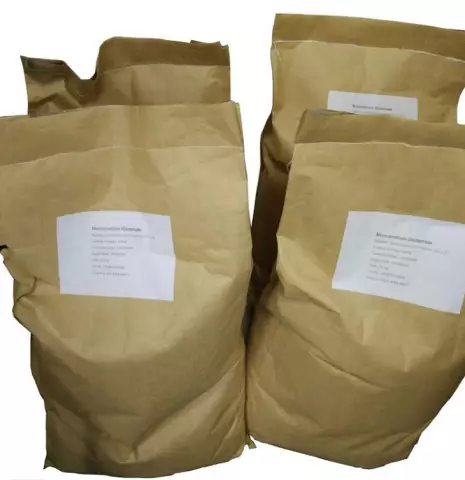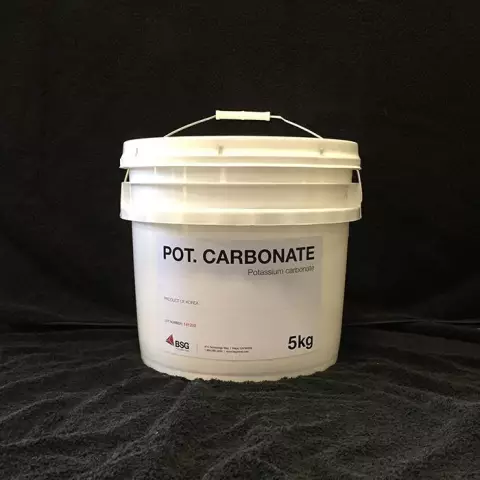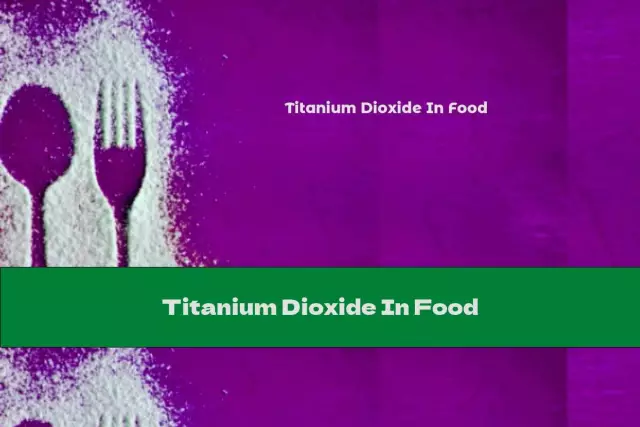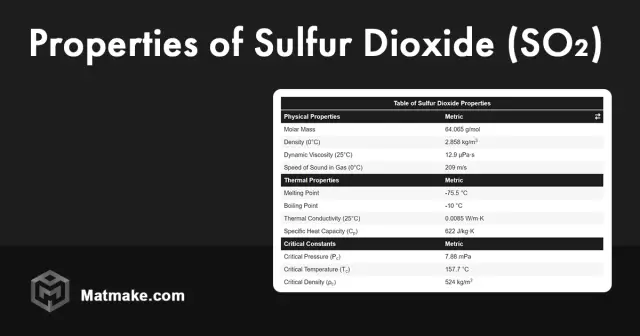- Author Rachel Wainwright [email protected].
- Public 2023-12-15 07:39.
- Last modified 2025-11-02 20:14.
Silica

Silicon dioxide (silica, Silicon dioxide, silica) is a substance consisting of colorless crystals with high strength, hardness and refractoriness. Silicon dioxide is acid resistant and does not interact with water. As the reaction temperature rises, the substance interacts with alkalis, dissolves in hydrofluoric acid, and is an excellent dielectric.
In nature, silicon dioxide is quite widespread: crystalline silicon oxide is represented by minerals such as jasper, agate (fine-crystalline silicon dioxide compounds), rock crystal (large crystals of a substance), quartz (free silicon dioxide), chalcedony, amethyst, morion, topaz (colored crystals silicon dioxide).
Under normal conditions (at natural ambient temperature and pressure), there are three crystalline modifications of silicon dioxide - tridymite, quartz and cristobalite. As the temperature rises, silicon dioxide first turns into coesite and then into stishovite (a mineral discovered in 1962 in a meteorite crater). According to research, it is stishovite, a derivative of silicon dioxide, that lines a significant part of the Earth's mantle.
Chemical formula of the substance - SiO 2
Obtaining silicon dioxide
Silicon dioxide is industrially obtained in quartz plants producing pure quartz concentrate, which is then used in the chemical and electronic industries, in the production of optics, fillers for rubber and paint and varnish products, jewelry, etc. Natural silicon dioxide, otherwise called silica, is widely used in construction (concrete, sand, sound and heat insulating materials).
The production of silicon dioxide by a synthetic method is carried out by the action of acids on sodium silicate, in some cases - on other soluble silicates, or by the method of coagulation of colloidal silica under the influence of ions. In addition, silicon dioxide is produced by oxidizing silicon with oxygen at a temperature of about 500 degrees Celsius.
Silicon dioxide applications
Silicon-containing materials have found wide application both in the field of high technologies and in everyday life. Silicon dioxide is used in the production of glass, ceramics, concrete products, abrasive materials, as well as in radio engineering, ultrasonic installations, lighters, etc. Silicon dioxide is used in combination with a number of ingredients to make fiber optic cables.

Non-porous amorphous silicon dioxide is also used in the food industry as an additive registered under the number E551 to prevent clumping and caking of the main product. Food grade silicon dioxide is used in the pharmaceutical industry as an enterosorbent drug, in the production of toothpastes. The substance is found in chips, croutons, corn sticks, instant coffee, etc.
The harm of silicon dioxide
It is officially confirmed that the substance of silicon dioxide passes through the gastrointestinal tract unchanged, after which it is completely excreted from the body. According to 15 years of research by French experts, drinking water high in dietary silicon dioxide reduces the risk of developing Alzheimer's disease by 10%.
Thus, the information about the dangers of silicon dioxide, which is a chemically inert substance, is false: food supplement E551, taken orally, is completely safe for health.
Found a mistake in the text? Select it and press Ctrl + Enter.






